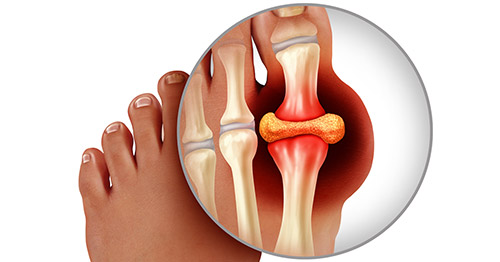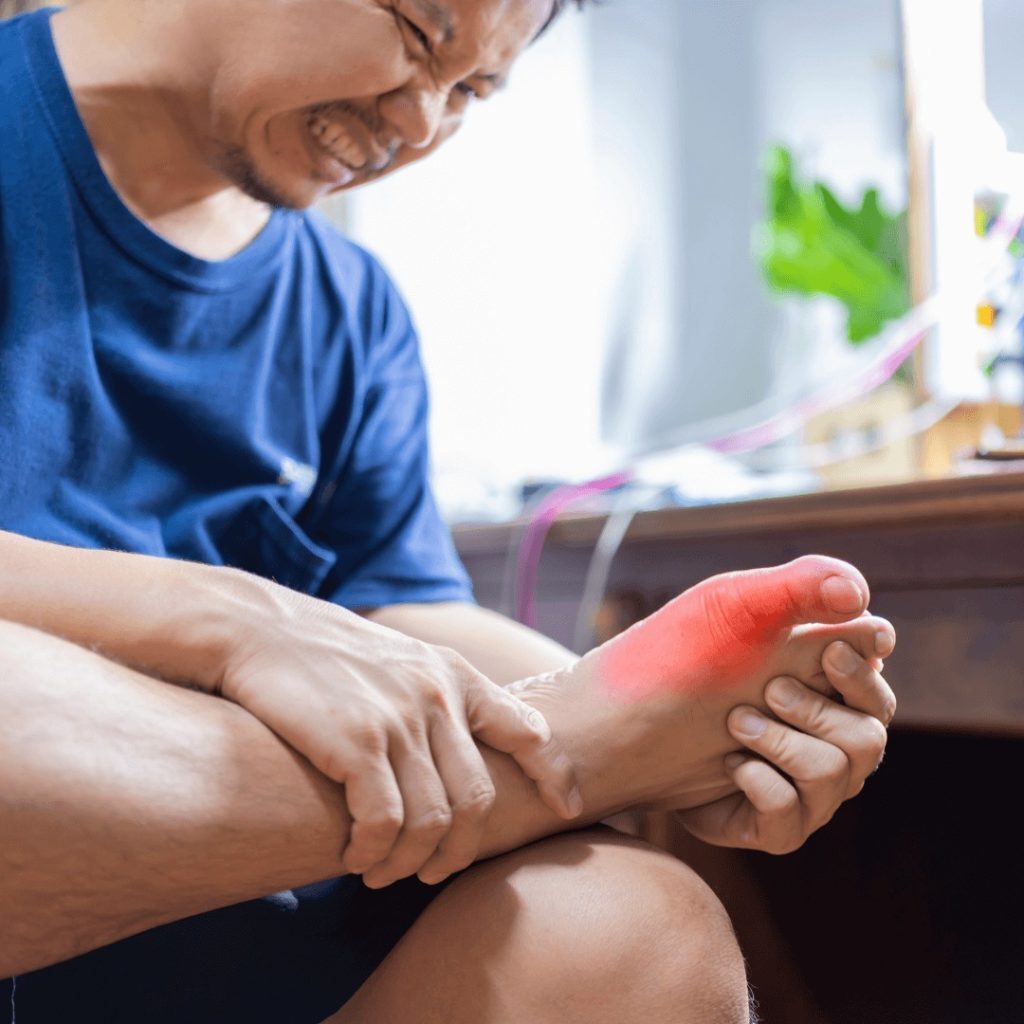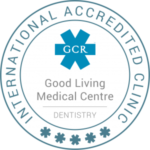Gout

Gout
Gout also known as hyperuricemia or Gout arthritis is a common, painful type of intense arthritis due to the accumulation of urate or uric acid crystals around the joints. It is characterized by sudden, severe painful and recurrent attacks.
Causes:
Gout occurs when there is high uric acid content in the body and hence the name hyperuricemia. Uric acid is produced in the body by the breakdown of purines. Purines are naturally occurring chemical compounds usually present in food items such as red meat, certain types of sea foods, alcohol, etc. Generally uric acid is dispersed in blood, which is then moved to kidney and excreted through urine. But when the levels are high due to intake of purines or other factors, these uric acid crystals accumulate in the joints and also form kidney stones.
There are certain other factors causing gout. Gout is more common in men than in women.
Family history: many patients have a familial history of gout.
Obesity: Gout is common in over weight individuals who takes lots of purine foods.
Age: Gout occurs mostly in adults and rarely in children.
Medicines: Certain medicines such as thiazide diuretics and low dose aspirin are known to cause Gout.
Systemic diseases: Gout attack is seen in patients with hypertension, diabetes,
certain cardiovascular diseases, and kidney diseases.
Alcoholics: Gout is common in people taking frequent alcohol and also beverages containing high fruit sugar.
High purine diet: high purine diet such as red meat, mussels, tuna, shell foods.

Stages of gout
Stage 1:Asymptomatic gout
High uric acid in the blood begins to accumulate and form crystals around joints.
Stage 2: Acute gout
The crystals causes intense pain and tenderness around the joints causing stiffness and limited mobility.
Stage 3: Intercritical gout
There is remission and recurrence of gout attacks.
Stage 4: Chronic gout
There is frequent attacks and also tophi formation in the joints.
Signs and symptoms:
The symptoms begins to appear in the second stage of the disease which the onset of severe pain and redness around the big toe in the feet. The joint in the big toe known as the tarsometaphalangeal joint is the most common affected joint in Gout. The other affected joints are the ankles in the feet, toes, knee and elbow.
The attack is more common in the night with the onset of severe pain, redness, tender and hot to touch around the big toe. Most patients experience stiffness, limited mobility and frequent attacks if left untreated. Some patients also have kidney stones associated with gout when left untreated for a long time.
Signs and symptoms:
The symptoms begins to appear in the second stage of the disease which the onset of severe pain and redness around the big toe in the feet. The joint in the big toe known as the tarsometaphalangeal joint is the most common affected joint in Gout. The other affected joints are the ankles in the feet, toes, knee and elbow.
The attack is more common in the night with the onset of severe pain, redness, tender and hot to touch around the big toe. Most patients experience stiffness, limited mobility and frequent attacks if left untreated. Some patients also have kidney stones associated with gout when left untreated for a long time.
Treatment:
It is always better to treat gout in the early stages to prevent further complication. The treatment of gout by the medical professional mainly involves administration of medicines to reduce the pain and inflammation in the join. The doctor after clinical examination will advice blood test to detect uric acid levels and also X ray or scan to detect crystals. In some cases, aspiration of the fluid around the toe is taken to confirm. The doctor will explain the lifestyle modification to cure gout and evaluate further.



